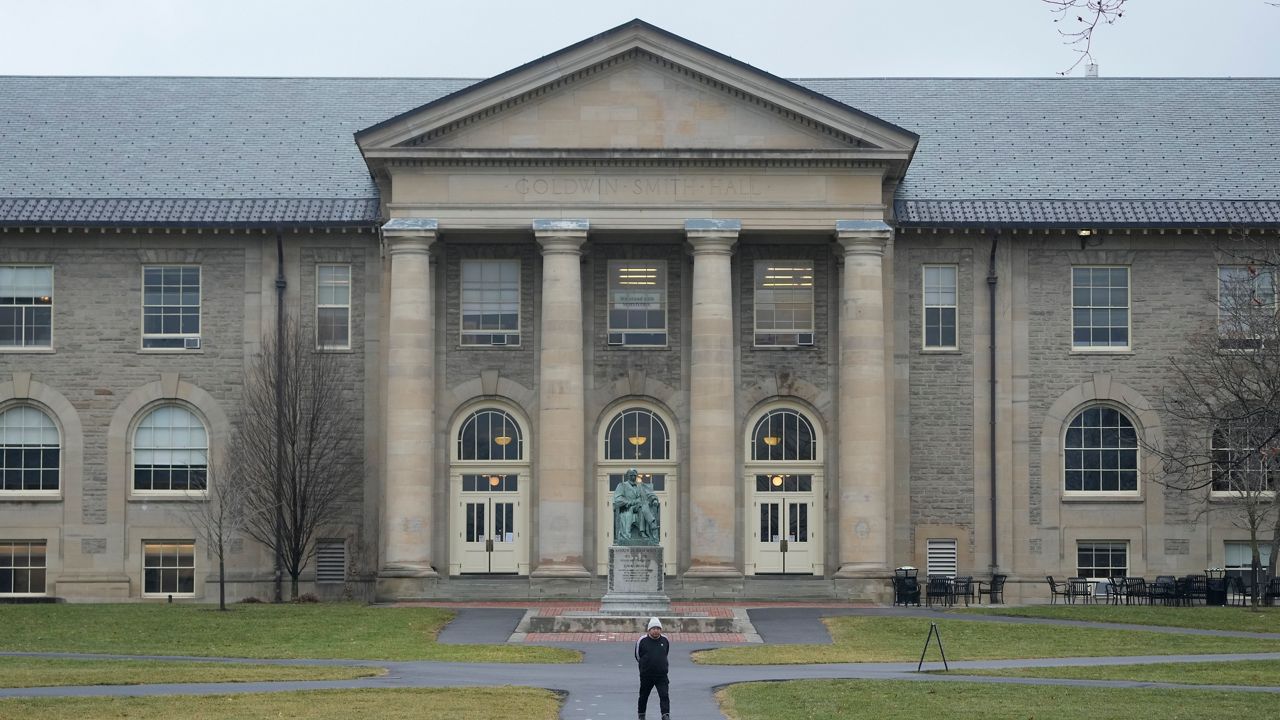Usually everyone wants an 'A,' but when it comes to educational initiatives, it's divided.
You have STEM, which stands for Science, Technology, Engineering and Math.
Then there's STEAM, with the 'A' standing for arts.
"We need to bring the arts into the STEAM because that's what's giving the creativity to be creative and to incorporate that into the STEM process," said Syracuse Schools Superintendent Jaime Alicea.
But, that's not the feeling across the board.
"The idea behind STEM is to focus on the issue of STEM and importance of increasing our STEM focus. When you start diluting it with other things like arts and writing and reading and all of the other academics, you're no longer focusing," said Andrew Leary, the founder of CNY Robotics and Sciences Foundation.
STEAM advocates say the arts make STEM more inclusive.
"The arts are an intensely scientific field. As a vocalist, I have to know what I'm doing with my air. I have to understand my spinal structure," said Mary Eileen-Wood, a consultant with Terra Science and Education.
"Have a STEM program. Have an arts program. STEAM tends to soften or joke or make a joke out of both of them and we shouldn't do that," said Leary.
Then there's the fear of funding.
"They are taking advantage of the moniker STEAM to reduce the amount of arts funding and reduce the amound of STEM funding to put them together into a STEAM funding and that's hurting both programs," said Leary.
"I can absolutely understand concerns on both sides. It's entirely possible to include the arts and stem in a way that is broadly educating," said Wood.
That 'A' still remains a matter of question.
"Do we educate in silos?” asked Wood. “Math is this, geography is this, which is not the way we live or do we educate the whole person?"










